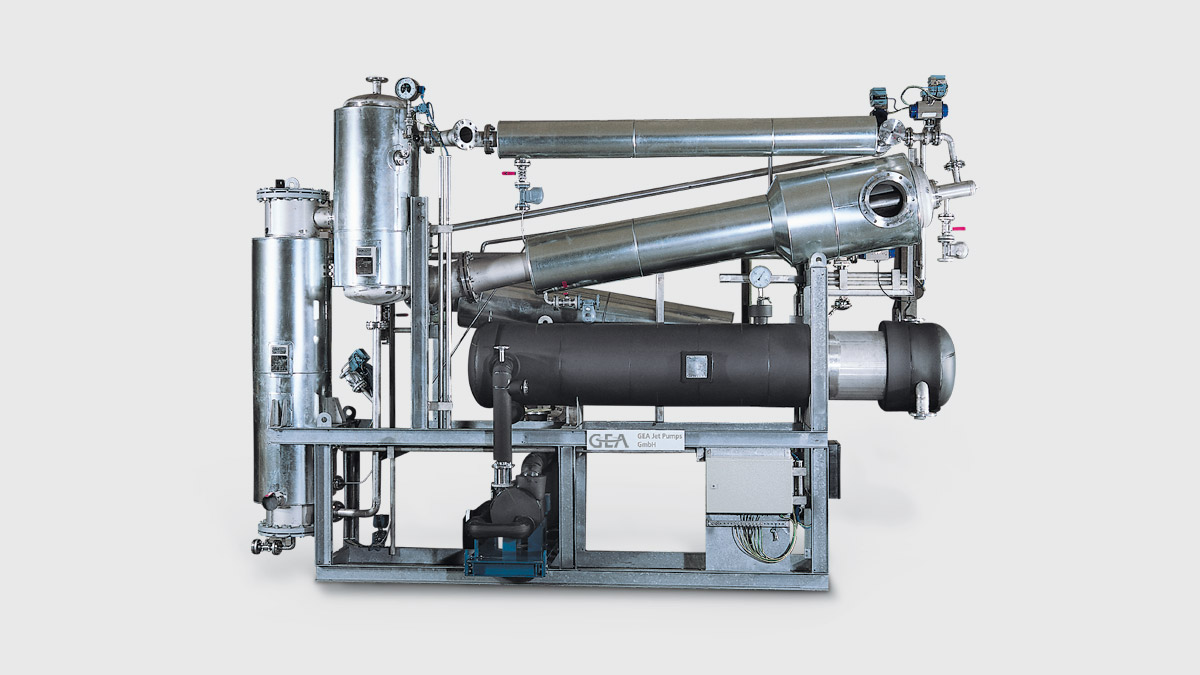
What Refractory Metals Are Commonly Used in Vacuum Systems? Refractory metal refers to metals with a certain reserve and a melting point that is higher than 1650 ℃. Refractory metals include tungsten, tantalum, molybdenum, niobium, hafnium, chromium, vanadium, zirconium, and titanium. Rhenium also has a high melting point, but its reserves are too small, and […]
Tags: Molybdenum, Niobium, Refractory Metal, Refractory Metals, Refractory Metals Are Commonly Used in Vacuum Systems, tantalum, Tungsten, What Refractory Metals Are Commonly Used in Vacuum Systems?
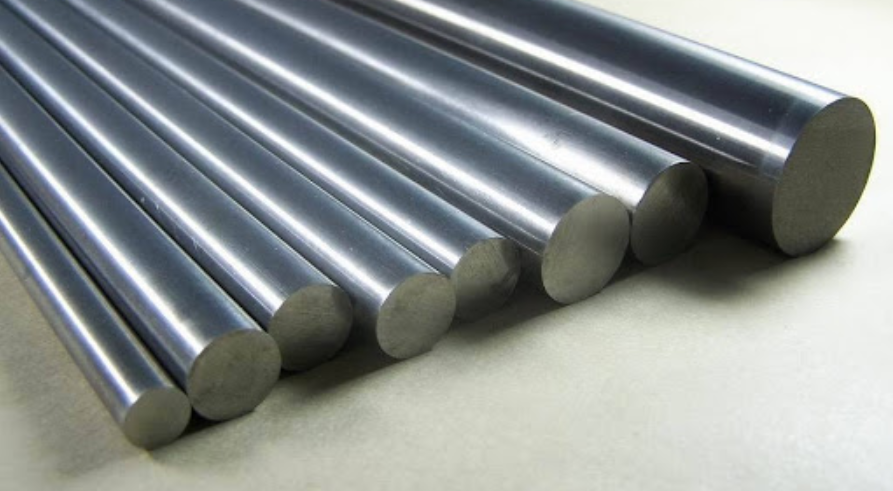
How Much Do You Know About Tantalum Niobium? The atomic sequences of tantalum (Ta) and niobium (Nb) are 73 and 41 respectively, both of which are located in the area of the excessive element of VB. They are often symbiotic in nature and are important refractory metals. They have many excellent properties, such as high […]
Tags: How Much Do You Know About Tantalum Niobium?, Niobium, tantalum, tantalum carbide, tantalum metal, Tantalum Niobium, tantalum niobium metal, tantalum oxide

What Are the Uses of Tantalum and Its Alloys? Tantalum is the third most refractory metal, with a melting point of 2980℃, only after tungsten and rhenium. Besides, tantalum also has other excellent properties like low vapor pressure, good cold workability, high chemical stability, strong resistance to liquid metal corrosion, and a large dielectric constant […]
Tags: Advanced Refractory Metals, and Electrical Industries, Electronic, Most Refractory Metal, Refractory Metal, rhenium, tantalum, tantalum alloy, tantalum crucible, tantalum sheet, Tungsten, Uses of Tantalum, Uses of Tantalum & Its Alloys in the Aerospace and Military Fields, Uses of Tantalum & Its Alloys in the Atomic Energy Industry, Uses of Tantalum & Its Alloys in the Field of Healthcare, Uses of Tantalum & Its Alloys in the Field of Metallurgy, Uses of Tantalum Alloys, Uses of Tantalum in the Chemical, Uses of Tantalum in the Chemical Industry, Uses of Tantalum in the Field of Capacitors, Uses of Tantalum in the Field of Cemented Carbide, Uses of Tantalum in the Field of Electronics, What Are the Uses of Tantalum Alloys?, What Are the Uses of Tantalum?
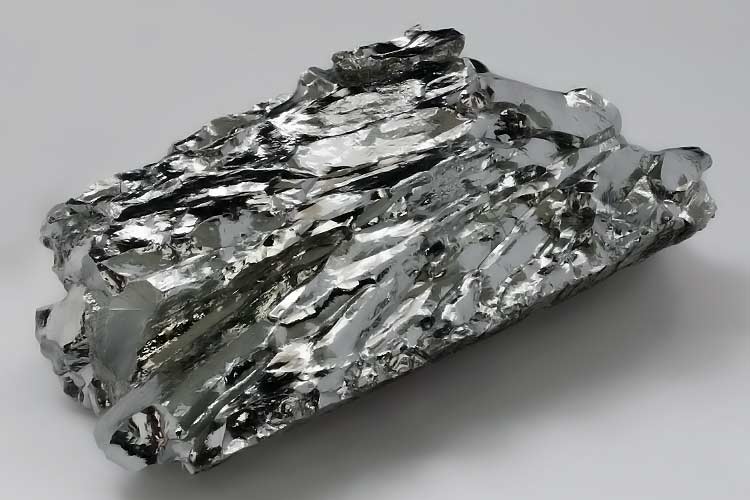
Will Molybdenum Combine with Other Elements? Molybdenum. As shown in Table 2, the melting temperature of molybdenum is 695 degrees below that of tantalum. Because of its high melting point and relative abundance in the United States, it was the first of the refractory metals considered in this country for high-temperature structural applications. The primary […]
Tags: Advanced Refractory Metals, Molybdenum, Molybdenum Combine with Other Elements, molybdenum metal, molybdenum-tungsten alloys, Refractory Metals, tantalum, Will Molybdenum Combine with Other Elements?
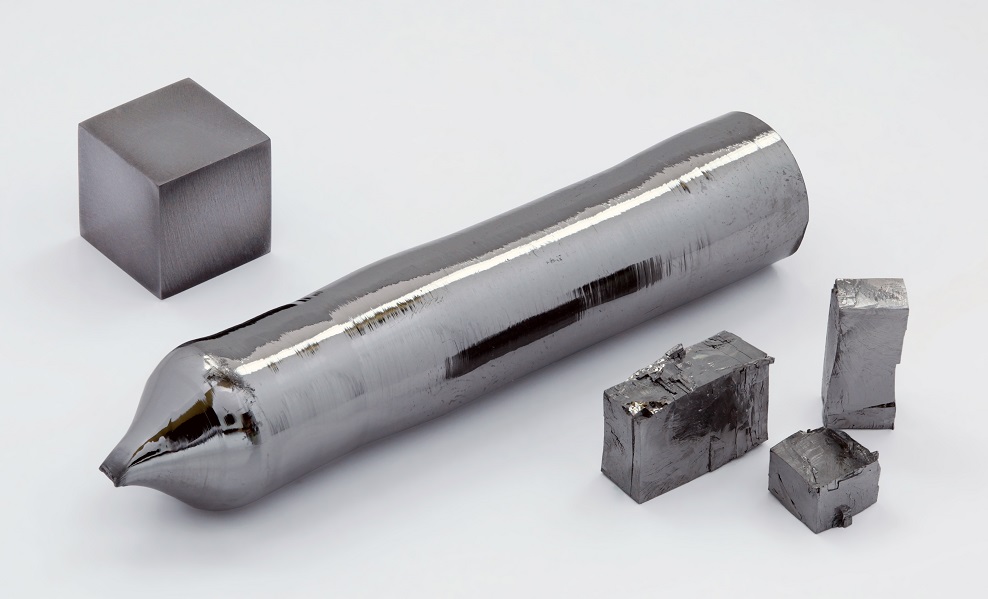
Why Tantalum Is Important? Tantalum occurs in columbium ores. As the demand for columbium increases, increasing amounts of tantalum concentrates become available. After a difficult and complex separation and reduction process, both metals are obtained in the form of powder. The powder is pressed in dies to form bars which are vacuum sintered by passing […]
Tags: chemical industry, electrolytic capacitors, pure tantalum, tantalum, tantalum alloy
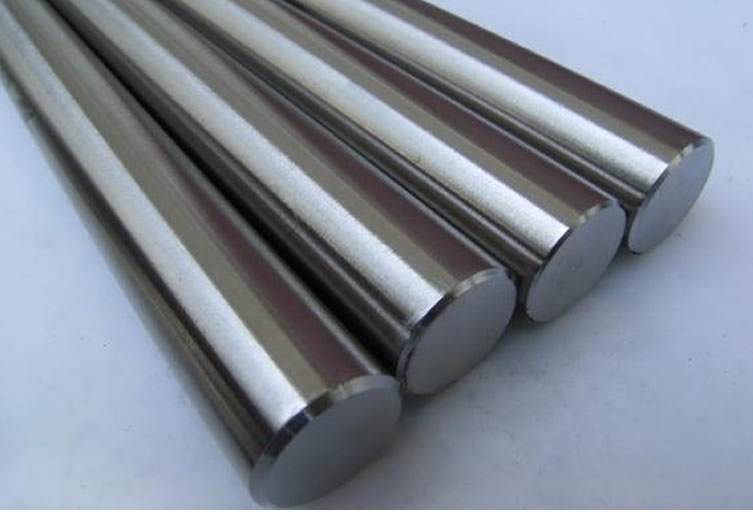
The List Of Abundant Refractory Metals Tungsten, tantalum, molybdenum, columbium, vanadium, and chromium may be classed as relatively abundant refractory metals; that is, free world reserves of contained metal are over 100,000 tons for each metal. The first four show promise in a considerably higher temperature range than the last two, and sometimes the term […]
Tags: Abundant Refractory Metals, Chromium, Molybdenum, Refractory Metal, Refractory Metal Bars, Refractory Metals, tantalum, Tungsten, Vanadium
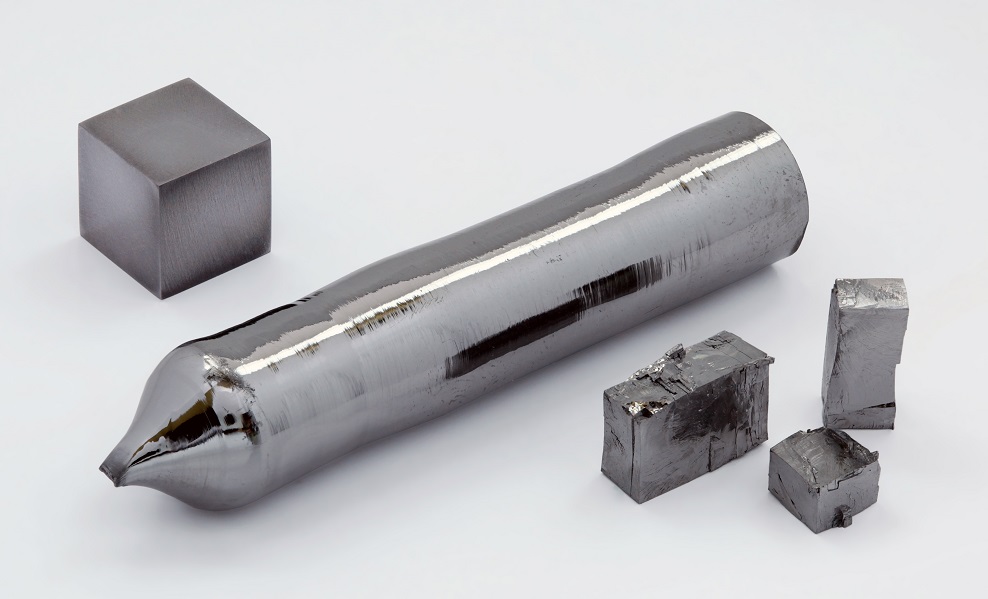
The Metal that Doesn’t Fear Aqua Regia—Tantalum Corrosion is the damage or qualitative change of material under the influence of the environment. The corrosion of metal and alloy is mainly caused by chemical or electrochemical damage. Common corrosion-resistant metals are austenitic stainless steel, Hastelloy, Monel alloy, titanium and titanium alloy, platinum, gold, rhodium, and other […]
Tags: pure tantalum, tantalum, The Metal that Doesn't Fear Aqua Regia
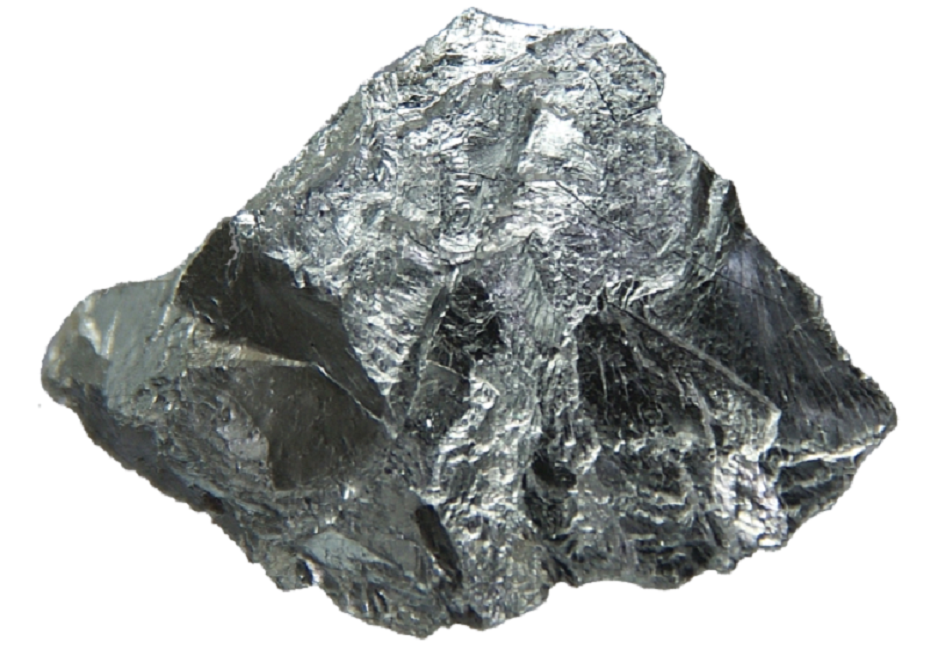
Which Elements Have the Highest Melting Point? As we all know, the melting point is the temperature at which a substance converts from a solid state to a liquid state. Some of the metals show very high melting points at least 2,000 degrees Celsius, and they also have very high physical strength. These metals are […]
Tags: Advanced Refractory Metals, Elements Have the Highest Melting Point, iridium, Molybdenum, Niobium, Refractory Metal, Refractory Metals, rhenium, tantalum, Tungsten, Which Elements Have the Highest Melting Point?
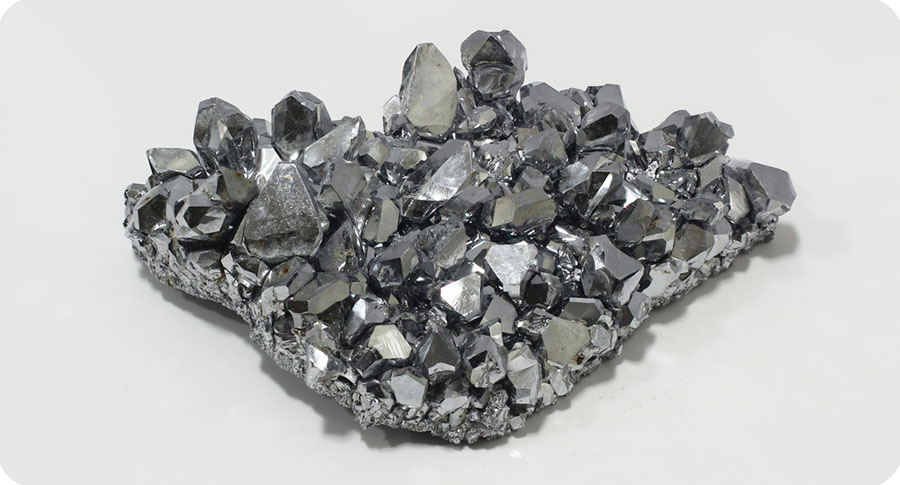
Niobium – A Material for Innovations with Great Future Potential In this article, we will introduce niobium, a material for innovations with great future potential. In actual fact, niobium, like all other metals, is gray. However, by applying a pacifying oxide layer, we allow our metal to gleam in a beautiful array of colors. Niobium is […]
Tags: Advanced Refractory Metals, Metal with High Melting Point, Niobium, Niobium A Material for Innovations, Niobium materials, Pure niobium, Refractory Metals, tantalum
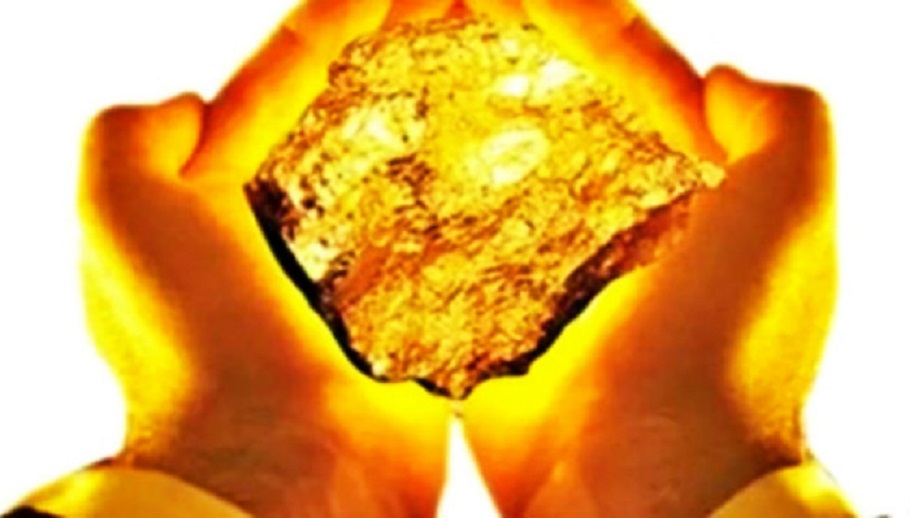
How Refractory Metals were Discovered and Developed? In today’s article, we’ll take a look at how refractory metals were discovered and developed. Refractory metals are referred to elements or alloys with melting points over 3002℉, such as tungsten, molybdenum, tantalum, niobium, titanium, zirconium, hafnium, vanadium, chromium, rhenium and alloys including tungsten alloys, molybdenum alloys, niobium […]
Tags: Chromium, Developing History, Developing History of Refractory Metals, Discover History of Refractory Metals, Discovery History, Hafnium, How Refractory Metals were Discovered and Developed?, Molybdenum, Niobium, Refractory Metals, rhenium, tantalum, titanium, Tungsten, Vanadium, Zirconium
Copyright © 1994-2024 Advanced Refractory Metals owned by Oceania International LLC, All Rights Reserved.